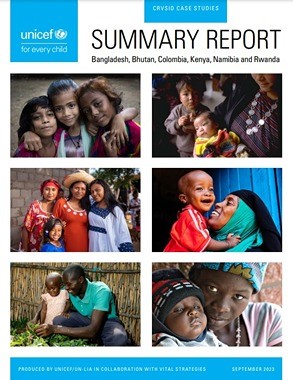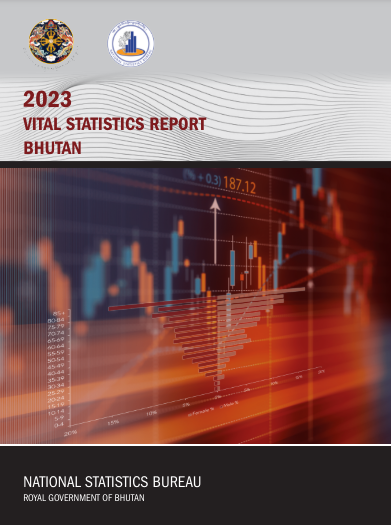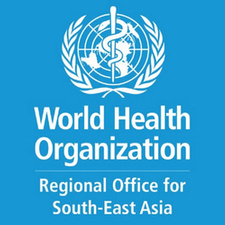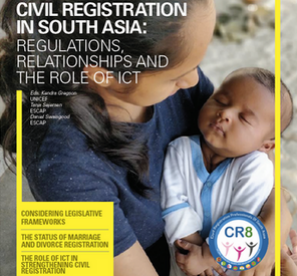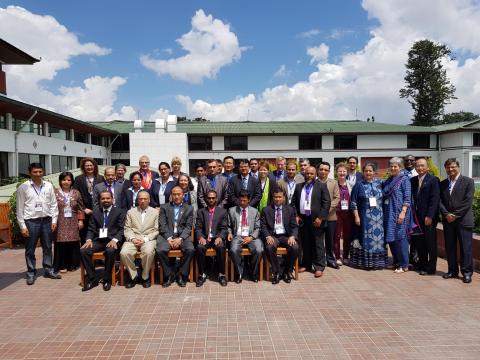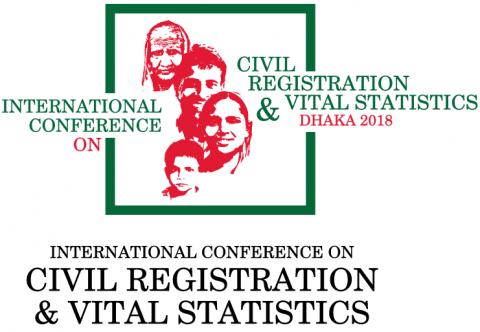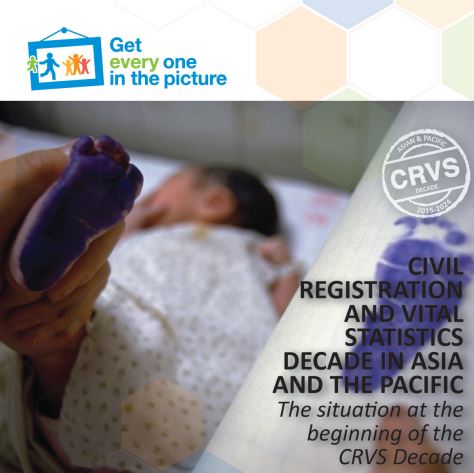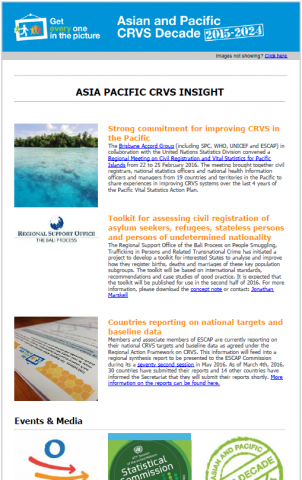Civil registration in Bhutan is the responsibility of the Ministry of Home and Cultural Affairs' Department of Civil Registration and Census (DCRC). District-specific Civil Registration and Census Offices were institutionalized under 20 District Administration to manage the flow of the registration process for vital events. The DCRC and the Department of Immigration are responsible for registering Bhutanese citizens and Special Resident Permit holders, as well as foreign nationals and non-Bhutanese individuals, respectively.
Starting in mid-2017, Bhutan established the Civil Registration System for online reporting births and deaths at registration points in all 20 districts (dzongkhags), most of its 205 sub-districts (dungkhags), as well as it 4 major municipalities (thromdes). Unique personal identification numbers are assigned to the completed registration of each new birth. The unique PINs are then printed on Citizenship Identity Cards which are made available for citizens upon reaching the age of 15.
Birth registration is fee and Bhutanese citizenship laws make registration compulsory within one year of the occurrence. Deaths occurring in Bhutanese medical facilities use a standard medical cause of death form and verbal autopsy is used for deaths outside of medical facilities, but its usage is not compliant with international standards.
No statistical data is produced from the registration systems, instead, the National Statistics Bureau, in collaboration with the Ministry of Health, produces vital statistics reports compiled from survey, census and administrative data. Primary sources of vital statistics in Bhutan include National Health Surveys, Bhutan Multiple Cluster Survey (2010), Population and Housing Censuses, and relevant administrative data as reported to the Civil Registration and Census Offices by Bhutanese health facilities.
Mr. Sonam Wangdi, Sr. Planning Officer, Health Management & Information System Unit, Policy and Planning Division, Ministry of Health
Goal 1. Universal civil registration of births, deaths and other vital events |
Goal 1 Targets:
Goal 2. All individuals are provided with legal documentation of civil registration of births, deaths and other vital events, as necessary, to claim identity, civil status and ensuing rights |
Goal 2 Targets:
Goal 3. Accurate, complete and timely vital statistics (including on causes of death) are produced based on registration records and are disseminated |
Goal 3 Targets:
Goal 1. Universal civil registration of births, deaths and other vital events |
Goal 1 is an expression of the internationally accepted principle of the universal coverage of civil registration. The CRVS system should register all vital events occurring in the territory and jurisdiction of the country or area, including among hard-to-reach and marginalized populations.
National Targets:
BASELINE
201785%
MIDTERM
201888%
TARGET
202495%
Note: These figures are from an administrative source, and not from surveys like for most countries.
baseline
201482.7%
MIDTERM
201895.6%
TARGET
202497%
baseline
201498%
MIDTERM
201899%
TARGET
202499%
baseline
201764%
MIDTERM
201875%
TARGET
202490%
TARGET
202485%
Goal 2. All individuals are provided with legal documentation of civil registration of births, deaths and other vital events, as necessary, to claim identity, civil status and ensuing rights |
Goal 2 reflects that CRVS systems provide legal documentation of civil registration to individuals and families for legal and administrative purposes. Legal documentation is strongly linked with a broad range of rights and activities, in particular legal identity. This goal addresses the distinction between the civil registration of a vital event and the possession of formal proof that it took place, in the form of legal documentation.
National Targets:
TARGET
2024100%
Goal 3. Accurate, complete and timely vital statistics (including on causes of death) are produced based on registration records and are disseminated |
Goal 3 highlights the critical importance of civil registration being linked to the production and quality assurance of vital statistics on the occurrence and characteristics of vital events.
National Targets:
TARGET
2020
TARGET
2022
Note: This target was not monitored as part of the Midterm Questionnaire on the Implementation of the Regional Action Framework for CRVS in Asia and the Pacific.
baseline
201411.1%
TARGET
202485%
Note: In light of recent countries’ experiences, Verbal autopsy is not encouraged to be applied to a large population scale, but rather on a representative sample. To reflect this, Target 3E is not anymore monitored by the coverage percentage of Verbal autopsy, but by the use or not of Verbal autopsy and its different applications.
MIDTERM
No
TARGET
2024Yes
TARGET
2022
TARGET
2022
TARGET
2024

National Coordination Mechanism
Status in Bhutan: Complete

Comprehensive Assessment
Status in Bhutan: Complete

National Targets for 2024
Status in Bhutan: Complete

Monitoring & Reporting Plan
Status in Bhutan: Not started

Inequality Assessment
Status in Bhutan: Not started

National Strategy
Status in Bhutan: Plans

National Focal Point
Status in Bhutan: Complete

Reporting to ESCAP - Baseline
Status in Bhutan: Complete

Reporting to ESCAP - Midterm
Status in Bhutan: Complete


